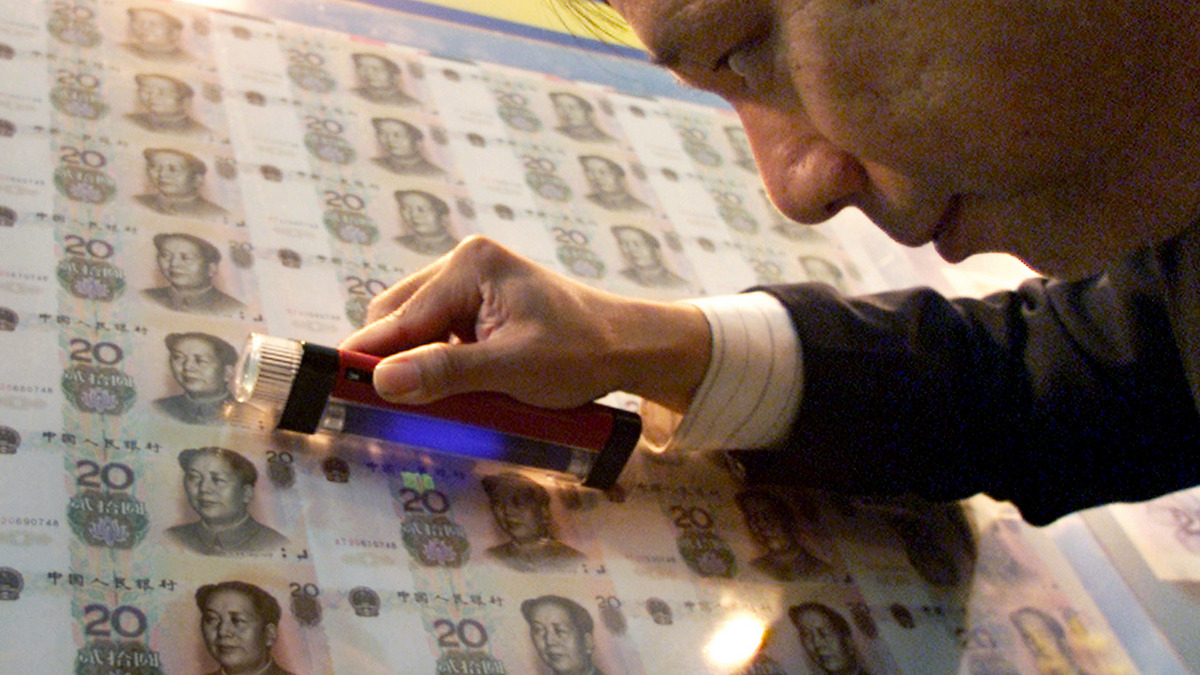India had been printing Nepal’s currency for years. However, that is no longer the case.
Nepal is just one of several countries that are now outsourcing printing of their banknotes to China. So are Bangladesh, Sri Lanka, Malaysia, Thailand, and Afghanistan.
Last week, Nepal’s central bank sent a Chinese firm a letter of intent to supply it with 430 million Rs 1,000 banknotes at a cost of around $17 million (Rs 150 crore). But what happened? Why has Nepal switched from India to China to print its currency?
Let’s take a closer look.
What happened?
The Nepal Rastra Bank (NRB) on Friday sent a letter of intent to the China Banknote Printing and Minting Corporation (CBPMC) for printing its currency.
The NRB has requested that the CBPMC design, print, and supply 430 million pieces of Nepal’s Rs 1,000 denomination banknotes. The NRB made the decision because the Chinese firm was the lowest bidder for the tender.
This isn’t the first time the CBPMC has done so. The state-owned firm first won the bid to print banknotes for Nepal in 2015. It did so for printing Rs 100, Rs 1,000 and Rs 5 currency notes.
Since then, it has done so seven times over the past few years. The CBPMC has earned $63 million (Rs 559 crore) for printing 2.38 billion banknotes. But it’s not just a matter of choosing the lowest bidder.
Why Nepal has switched from India to China
India’s Security Press in Nashik was the trusted partner for Nepal’s currency printing for decades. Between 1945 and 1955, every Nepali banknote was printed in India, and the collaboration remained strong.
However, things changed in 2015 when Nepal’s new currency depicted the regions of Lipulekh, Limpiyadhura, and Kalapani—areas in the Himalayas which have long been a matter of dispute—as parts of Nepal. An Indian printer would be unable to depict these on the currency and thus Nepal looked for alternatives. All of Nepal’s currency is currently printed by China.
The China Banknote Printing and Minting Corporation , headquartered in Beijing’s Xicheng district, describes itself as the world’s largest money printer by scale. It was founded in 1948 and has more than 18,000 employees including engineers, designers, and technicians. It operates around a dozen strictly guarded facilities for the production of paper notes and coins including its own currency.
China also offers state-of-the-art printing facilities and modern security features such as watermarks, holographic threads, and colour-shifting inks to prevent counterfeiting. The CBPMC has also pioneered a holographic security feature known as “Colordance,” which makes it harder to forge banknotes and cheaper to print them.
An Indian firm previously received such a contract from the NRB in January 2023 . This was when the NRB gave the Security Printing and Minting Corporation of India Limited a letter of intent to design, print, supply, and deliver 300 million pieces of Nepali banknotes of the Rs 50 denomination. The contract was estimated at $5 million (Rs 44 crore).
Since then, it has “seized the opportunity” it was afforded and won contracts to print currency for a number of countries including Thailand, Malaysia, Bangladesh, Sri Lanka, Brazil, and Poland.
Sources earlier told the SCMP that much of the printing demand comes from partners in China’s Belt and Road Initiative and that Chinese currency only comprises “a small proportion of the orders”.
How China expanded currency printing operations
A handful of institutions around the world have cornered the market share in banknote printing.
This includes state-run firms such as China’s CBPMC, Japan’s National Printing Bureau (NPB), Russia’s Goznak, and the US Bureau of Engraving and Printing. Meanwhile, De La Rue from Britain, Giesecke & Devrient from Germany, and Oberthur from France are among the top private players.
However, China has been quietly making strides in this area. The state-backed CBPMC in 2015 bought De La Rue’s banknote printing division. This not only allowed it access to cutting-edge technologies, it also allowed it to expand its scope to Europe, Africa, and West Asia.
China also has the most facilities to print currency as well as the largest staff by far. In today’s world this gives China yet another avenue to expand its field of influence, which India would do well to keep a close eye on.
With inputs from agencies
)